In this interview, I sit down with Chris Meyer to talk about modular synthesis – how to get started, improve your skills, and choose the right modules. We won’t cover everything (that’s what Patch & Tweak is for), but consider this a companion piece to the book – and a great introduction to Chris’ outstanding work and contributions to the modular community.
The idea for Patch & Tweak first came to me while working on Push Turn Move, which touched on modular synthesis but didn’t go deep. I saw a clear need for a dedicated, modern resource – and I knew I needed a co-author who not only understood modular inside out, but could explain it with clarity and passion. That’s when I discovered Chris.
First, though: why not listen to some of Chris' modular music while reading this:
First, could you share a little about your background?
"Of course! I was captivated by electronic music at a young age and immediately wanted to understand how those sounds were made. Back then, if you wanted to learn synthesis, you had to study on modular systems. That hands-on experience shaped my understanding of sound.
"I went on to work at Sequential Circuits, Roland, and Digidesign, helping design instruments like the Prophet VS. Later, my wife, Trish, and I shifted into video production. After years in Hollywood, I asked myself what truly made me happy, and the answer was sound.
"Returning to modular, I found the scene had revived. At first, I planned to just build a personal system, but I soon realized that many people lacked the foundational knowledge I had. That’s when I started sharing my expertise to help others navigate modular synthesis."
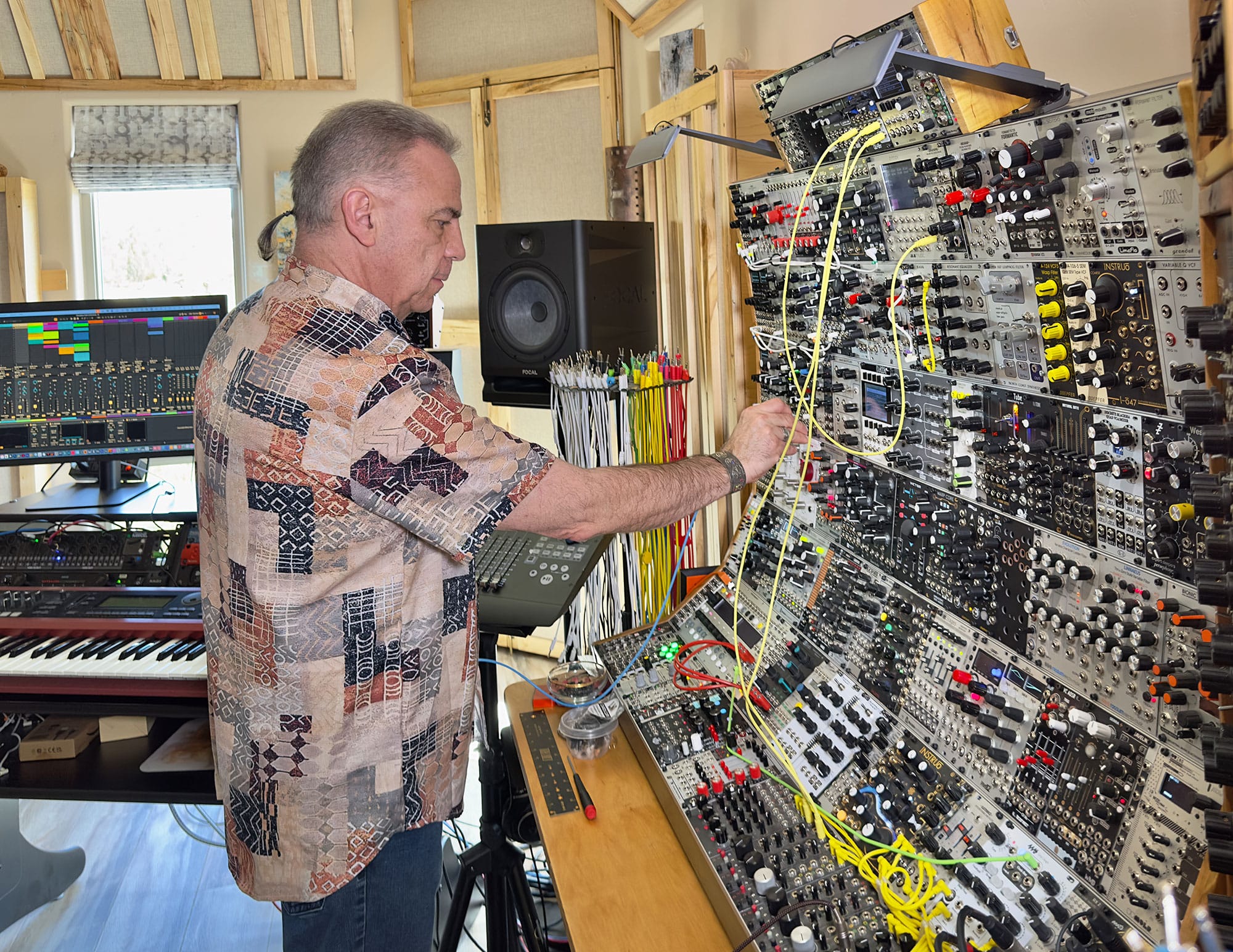
The Concept Behind Patch & Tweak
When I [Kim] first got into modular synthesis, I found that the books available were outdated – black-and-white, with no illustrations, and not covering the modern modules or music styles people use today.
That motivated me to create Patch & Tweak – a book I wish had existed when I started out with modular synthesis. Chris had created LearningModular.com, and that's why I thought he would be the perfect co-author!
Chris, can you talk about your approach to teaching modular synthesis?
"Absolutely. My goal with Learning Modular was to make the process more visual. I didn’t want to just explain how to turn knobs – I wanted to show exactly what’s happening inside the machine.
"For example, I demonstrate how adjusting a knob changes a waveform, which in turn affects the harmonics and final sound. I wanted to close the loop between having an idea in your head, turning a knob, understanding what’s happening inside the machine, hearing the result, and then refining the sound further.
"Many people approach modular differently – some have a specific musical intent, while others use it as a creative sandbox, just exploring sounds. Both approaches are valid, but people often hit a wall.
"I always try not to forget what it was like to be a beginner, and not to assume too much when sharing an idea. It’s easy to assume too much knowledge when explaining a concept, and as a result, the user can get confused and frustrated.
"That’s why we structured Patch & Tweak progressively – from fundamentals to more advanced techniques – so users can always find their next step."
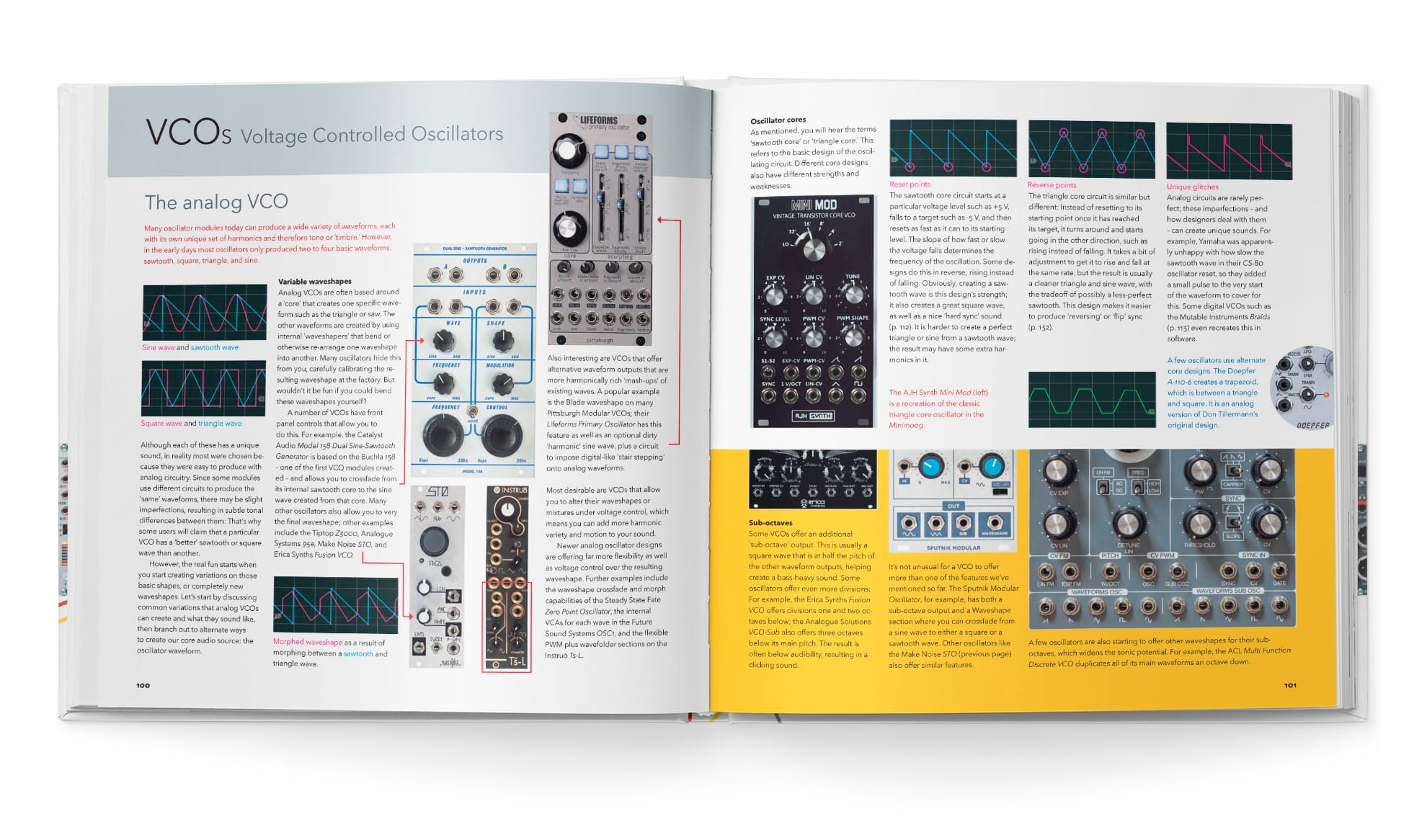
Making Modular More Approachable
Modular synthesis can seem overwhelming with all the acronyms and technical jargon. We wanted to eliminate that mystery and make it feel inviting.
That’s why we structured Patch & Tweak around exploring modular synthesis rather than just learning it. The book includes 38 interviews with artists from various genres – generative ambient composers, hardcore techno producers, and even film composers like Hans Zimmer. We also included perspectives from instrument manufacturers.
Chris, why is understanding modular history useful?
"I think it’s valuable, not because you need to follow the past exactly, but because early synthesists encountered many of the same challenges people face today.
"That’s why we included a history section – not to suggest you have to work like the pioneers of the 1960s, but to give you access to their problem-solving methods. Understanding these solutions makes it easier to push past creative blocks and develop your own unique techniques."
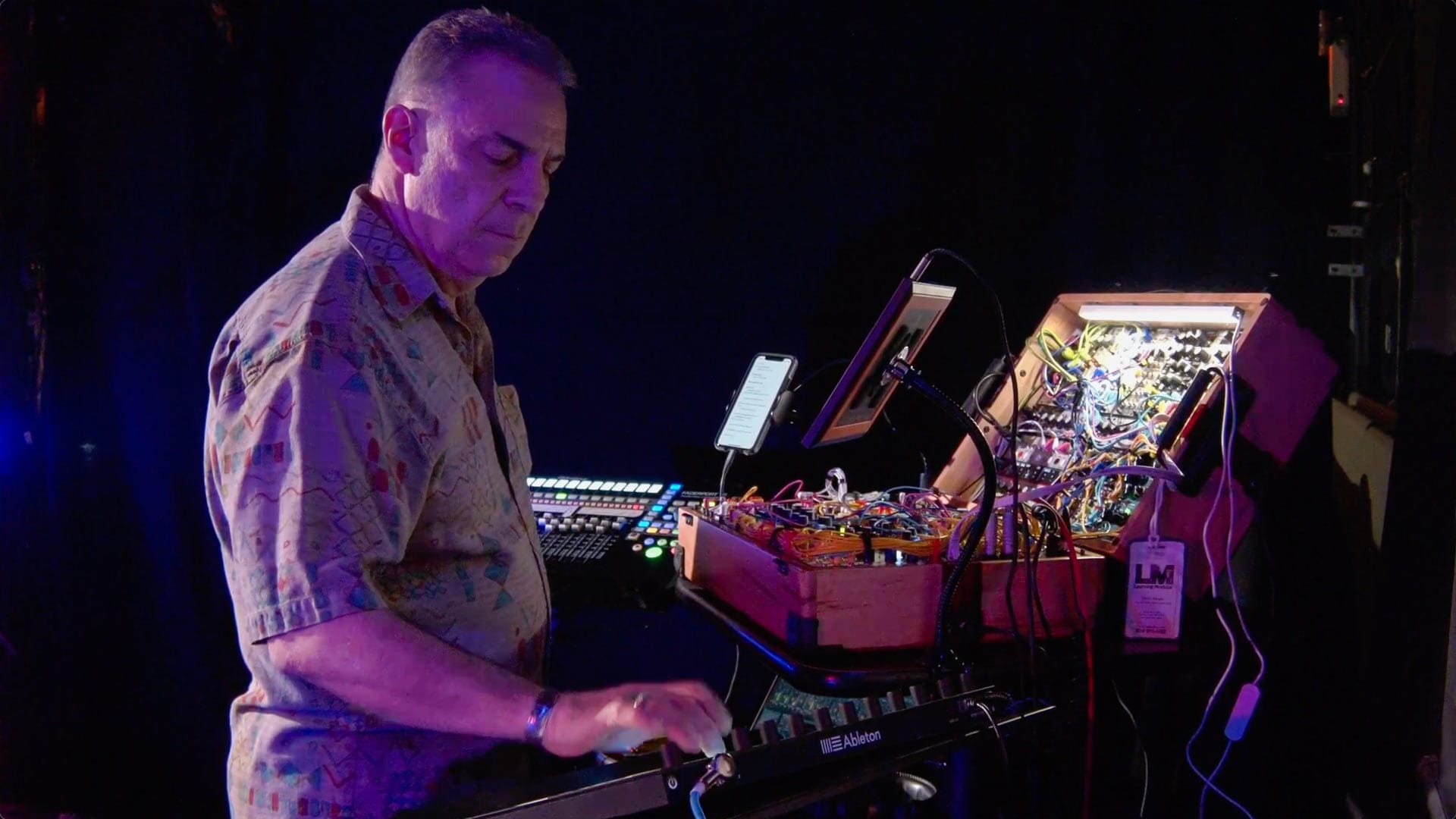
Modular as a Creative Sandbox
You mentioned modular as a sandbox. Can you elaborate on that idea?
"Definitely. Modular synthesis is unique in that it allows for both structured composition and freeform experimentation. Some users come to modular with a clear idea of the sound they want to create, and they build their system to achieve that. Others approach it like an open-ended playground, patching things together just to see what happens.
"The beauty of modular is that it can accommodate both mindsets. If you want to design a sound precisely as you imagine it, you can. But if you prefer an experimental approach, modular will take you on a journey of unexpected discoveries.
"A key goal of Patch & Tweak was to help both types of users: those who need technical guidance to create the sound they have in their head, and those who want to embrace modular as a creative experiment."
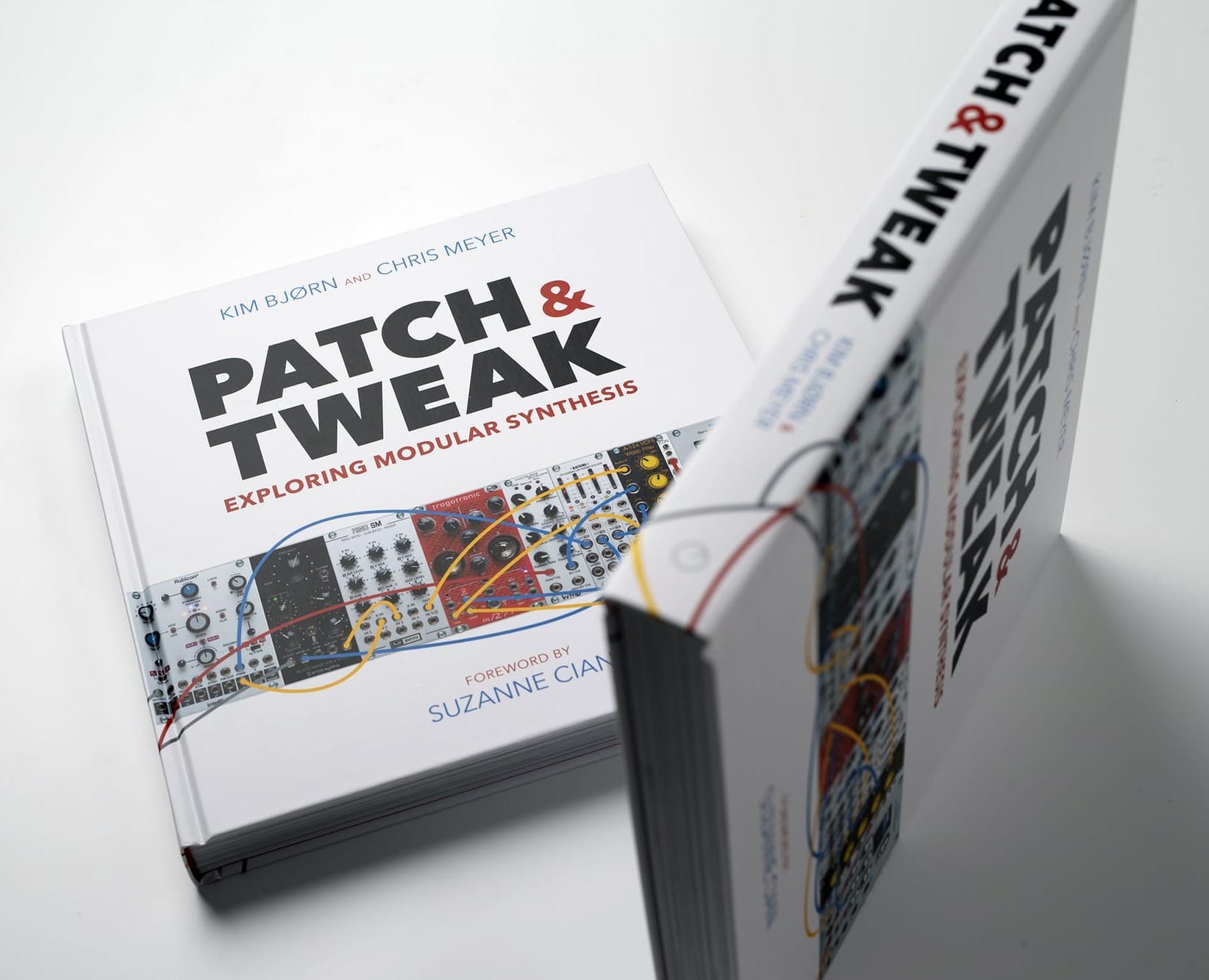
Building a Modular System
Before diving into modules, the Patch & Tweak book covers fundamental topics like modular formats (Eurorack, 5U, Buchla, etc.), power requirements, and case-building.
What’s your advice for someone choosing their first modules?
"I always tell people to think about modular like building a band or an orchestra. Each module has a role to play.
"Some people build a system around a specific type of sound – like a West Coast-style experimental setup or a traditional subtractive synth approach. Others want a bit of everything.
"One mistake beginners make is buying modules randomly without a clear goal. That’s why we included over 700-800 modules in the book – not to encourage buying everything, but to help people understand their options and make better decisions.
"Start small and focused! Many people get overwhelmed when trying to do too much at once. Begin with a semi-modular synth or a compact Eurorack system designed for a specific purpose, like sequencing or sound design."
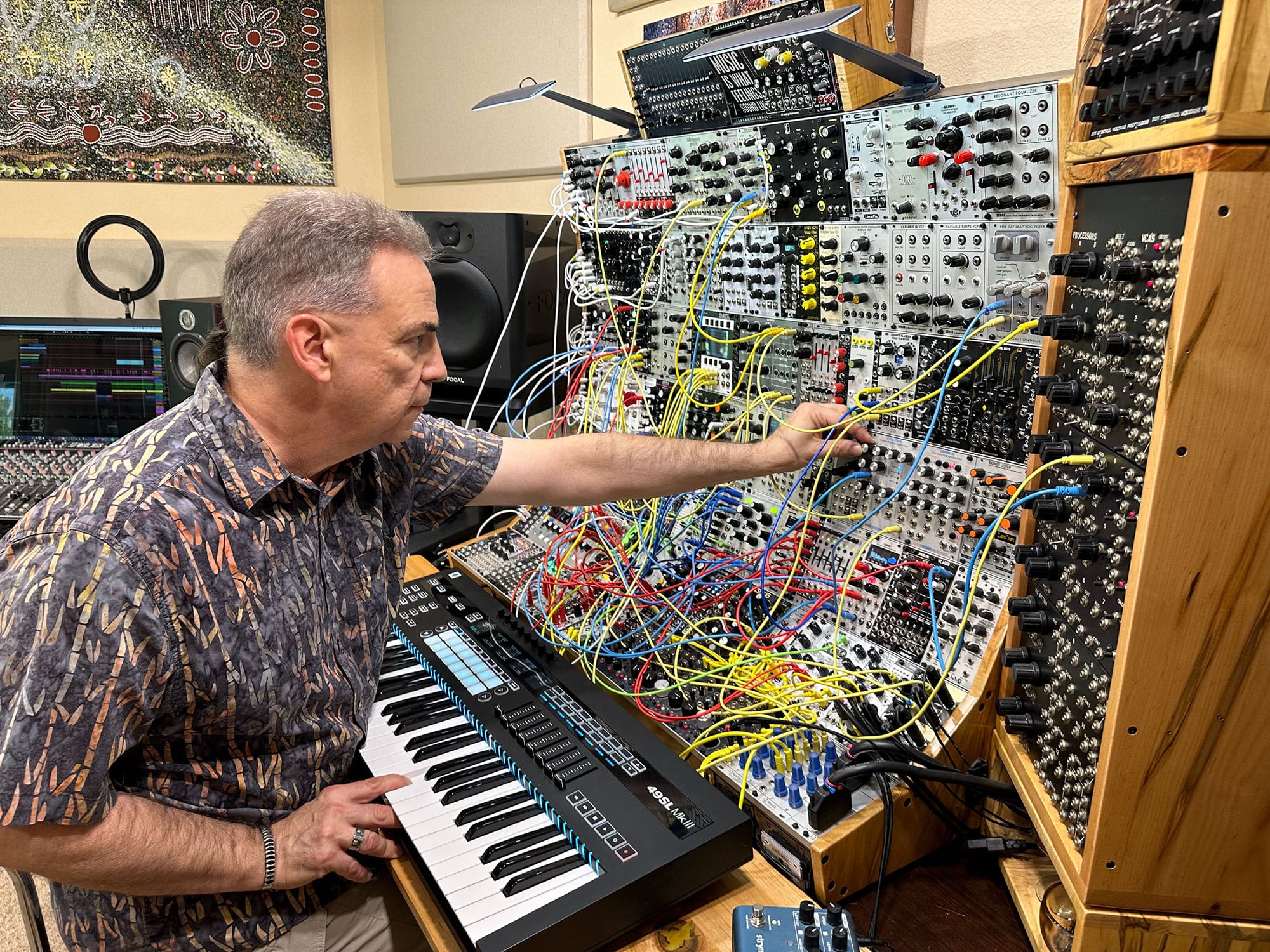
Hybrid Setups and Software Integration
Since modular gear can be expensive, we also explored software-based options like VCV Rack in the book. We're featuring 50 downloadable patches that can be used in VCV Rack, allowing readers to experiment before investing in hardware.
Do you see hybrid setups (hardware + software) becoming more common?
"Absolutely. Many musicians – myself included – combine modular with traditional synths, DAWs, or external controllers. Some use MIDI, while others prefer a fully modular workflow.
"The book covers various integration methods so readers can figure out how modular fits into their existing setup."
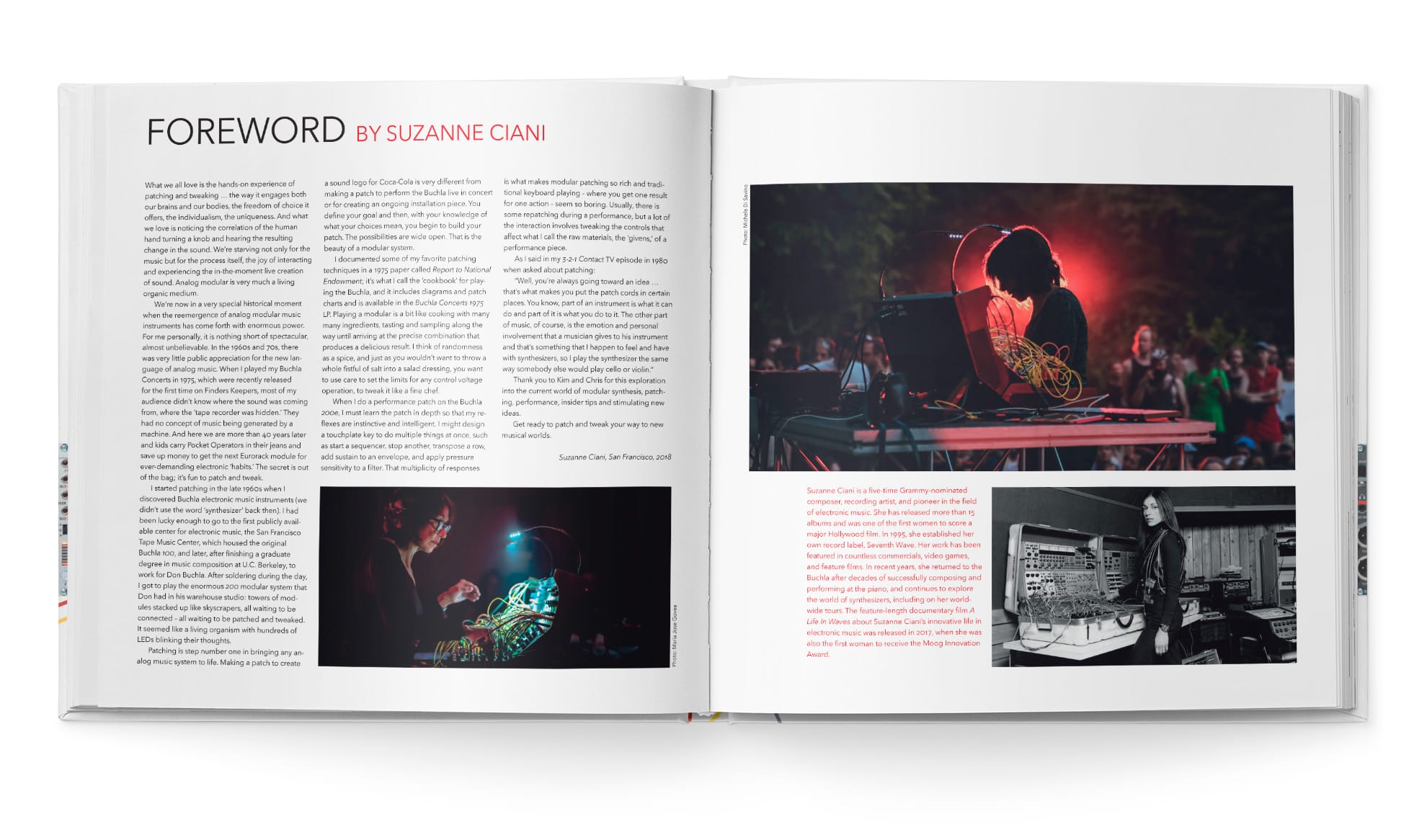
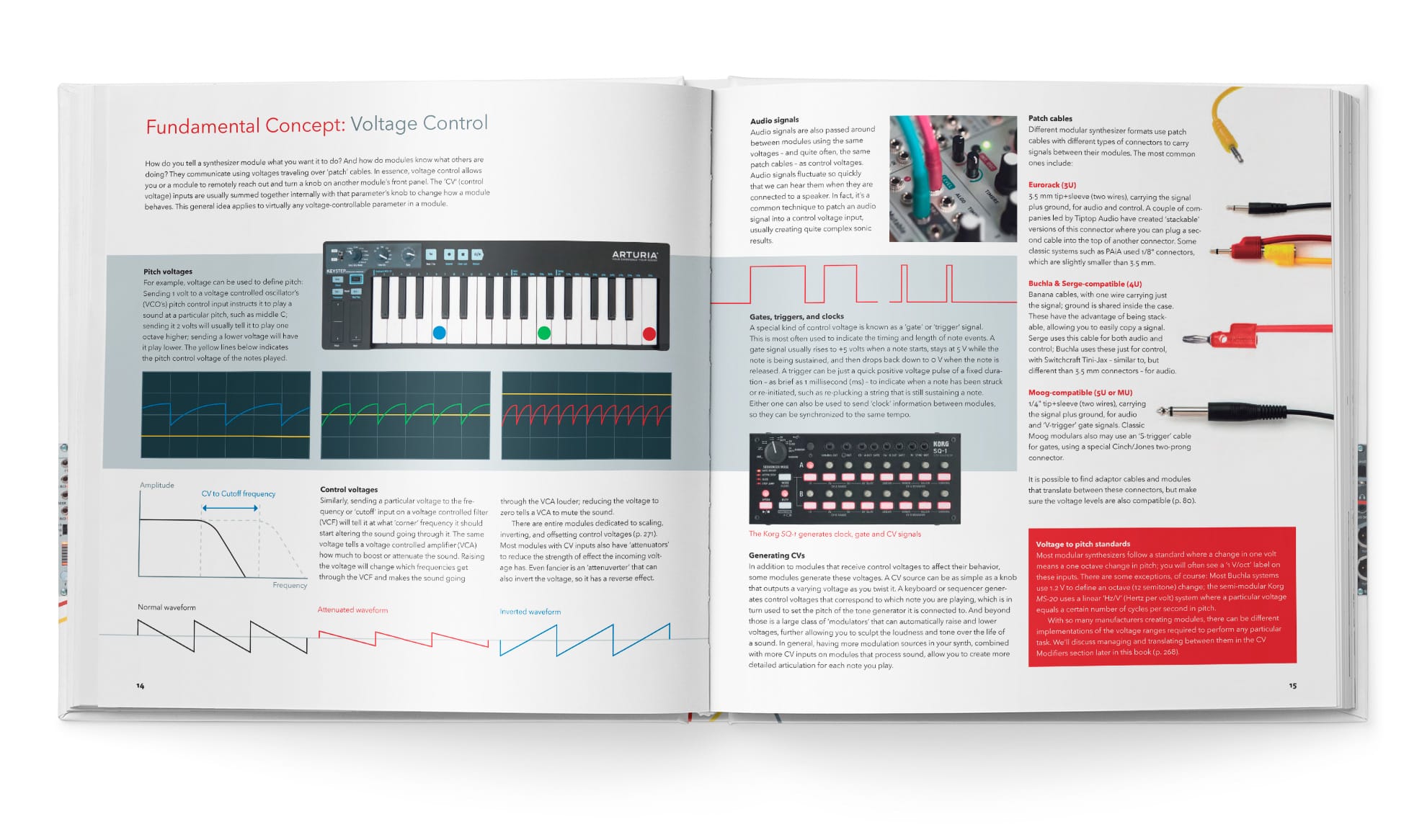
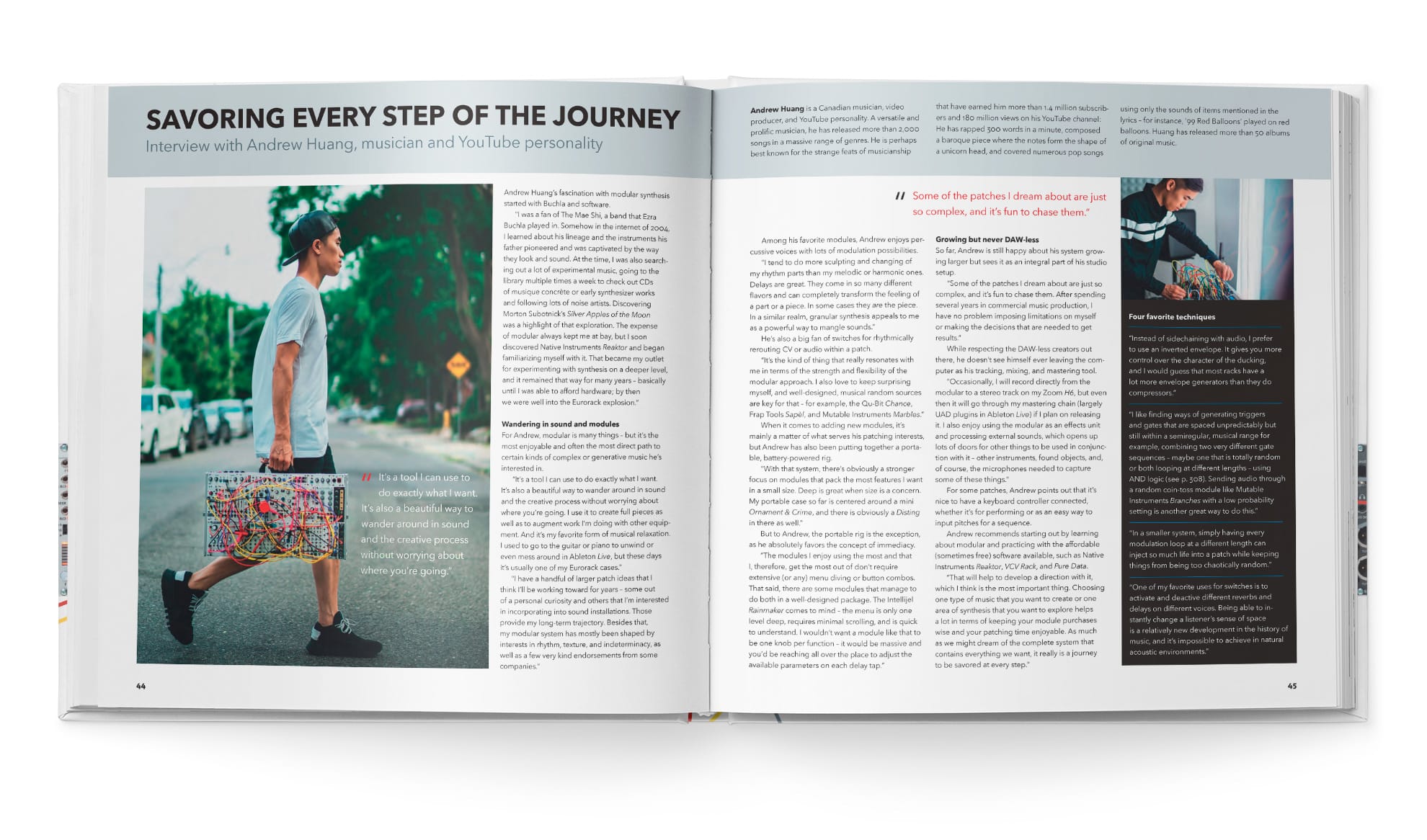
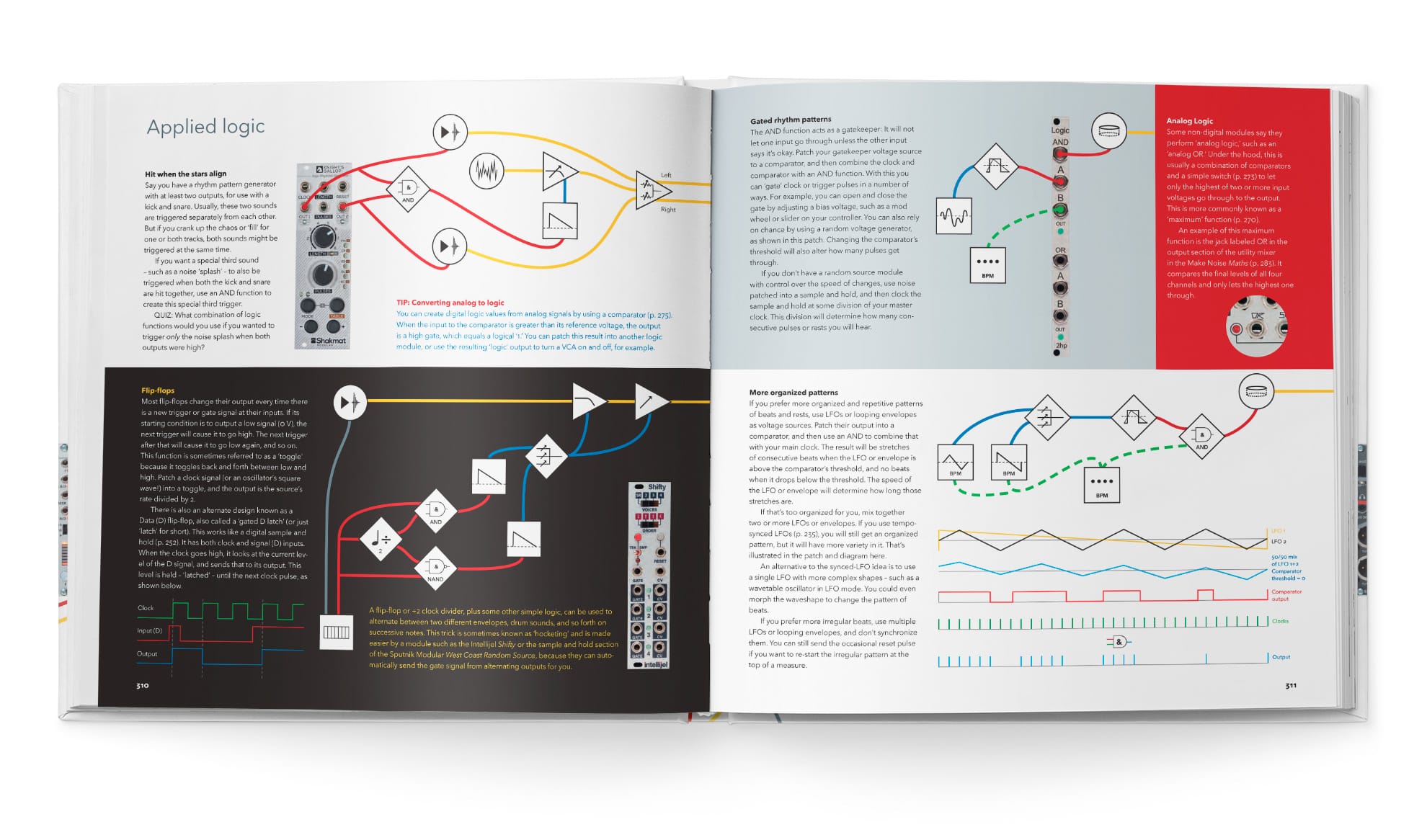
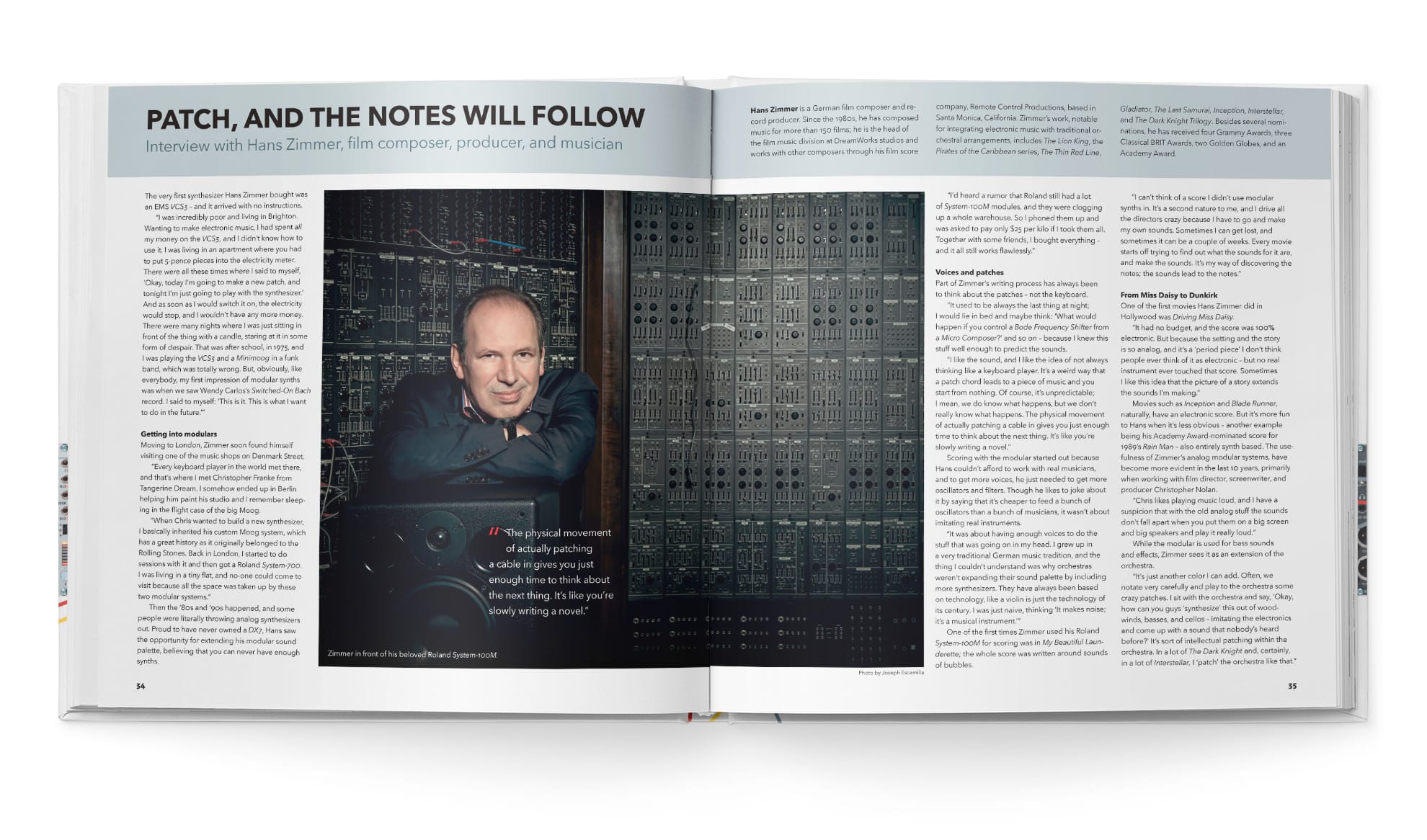

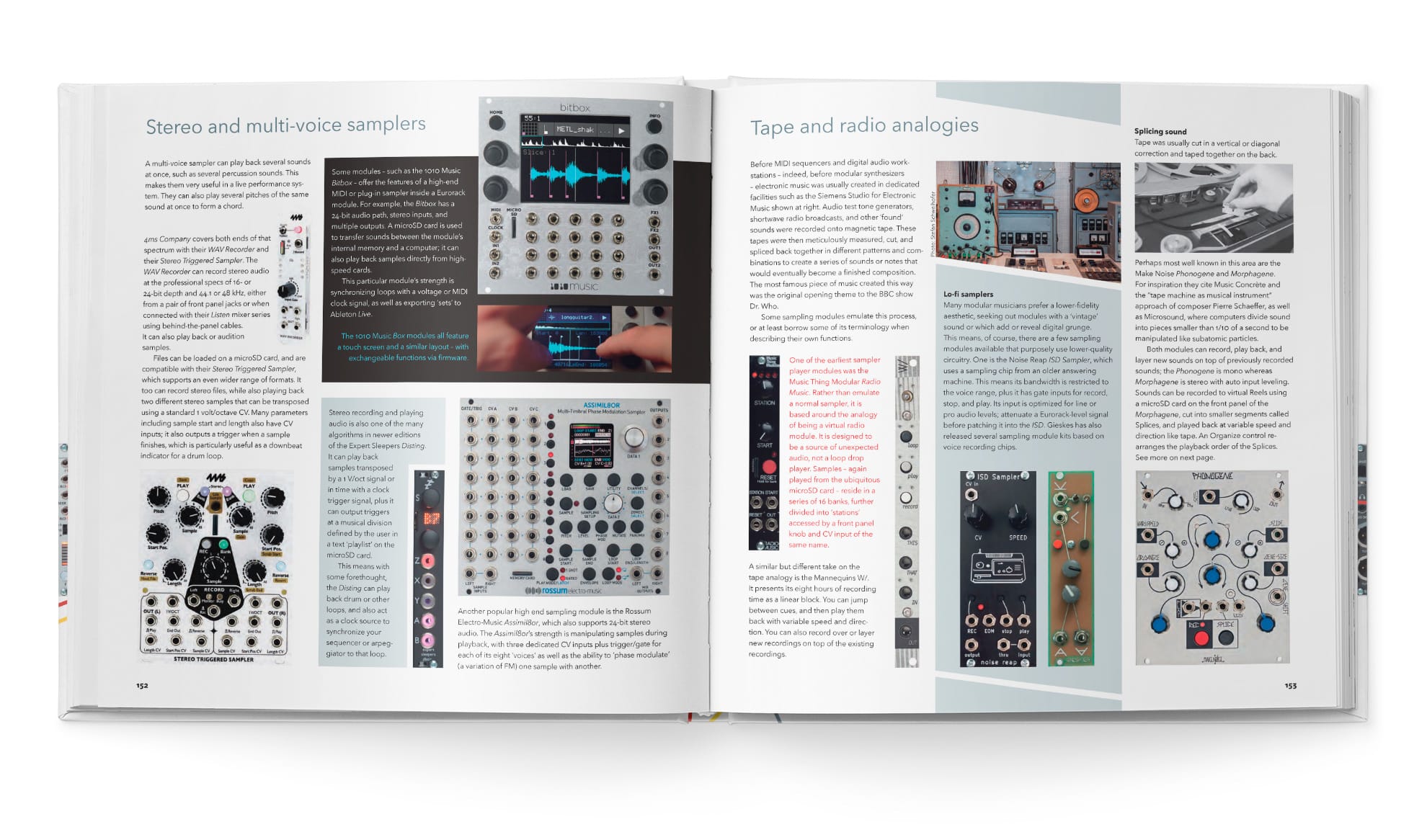
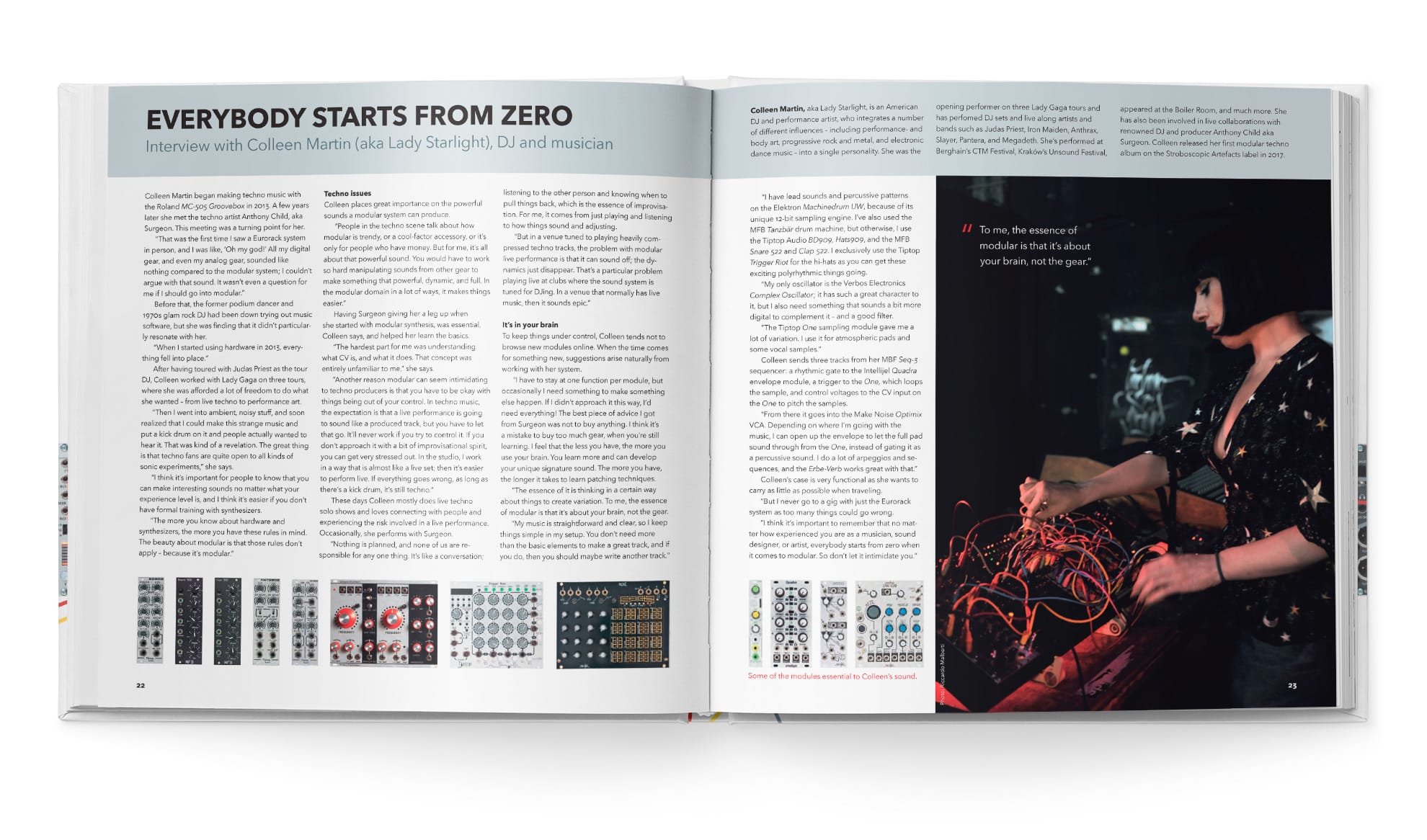
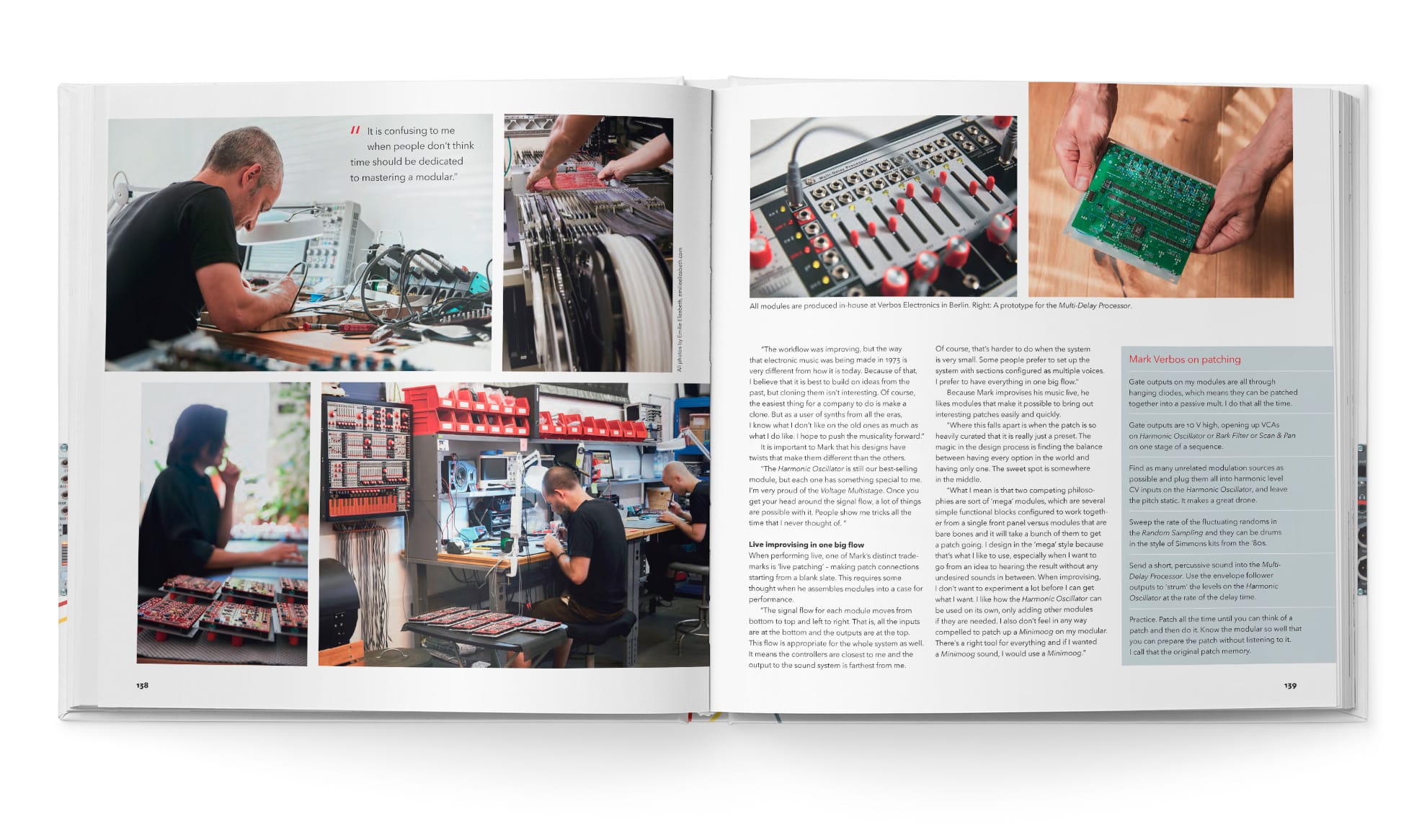
A selection of spreads from the PATCH & TWEAK book.
How Modular Synthesis is Evolving
Since Patch & Tweak was first published, the modular landscape has continued to evolve. What are some of the biggest trends you’ve noticed?
"One major trend is using digital microcontrollers in modules, allowing for more complex features in smaller formats.Start small and focused! Many people get overwhelmed when trying to do too much at once. Begin with a semi-modular synth or a compact Eurorack system designed for a specific purpose, such as sequencing or sound design.This is great for live performers who need compact yet powerful systems.
"Another development is the rise of full-voice modules – oscillators, filters, and modulation sources combined in a single module. This makes it easier for newcomers to start making music quickly."
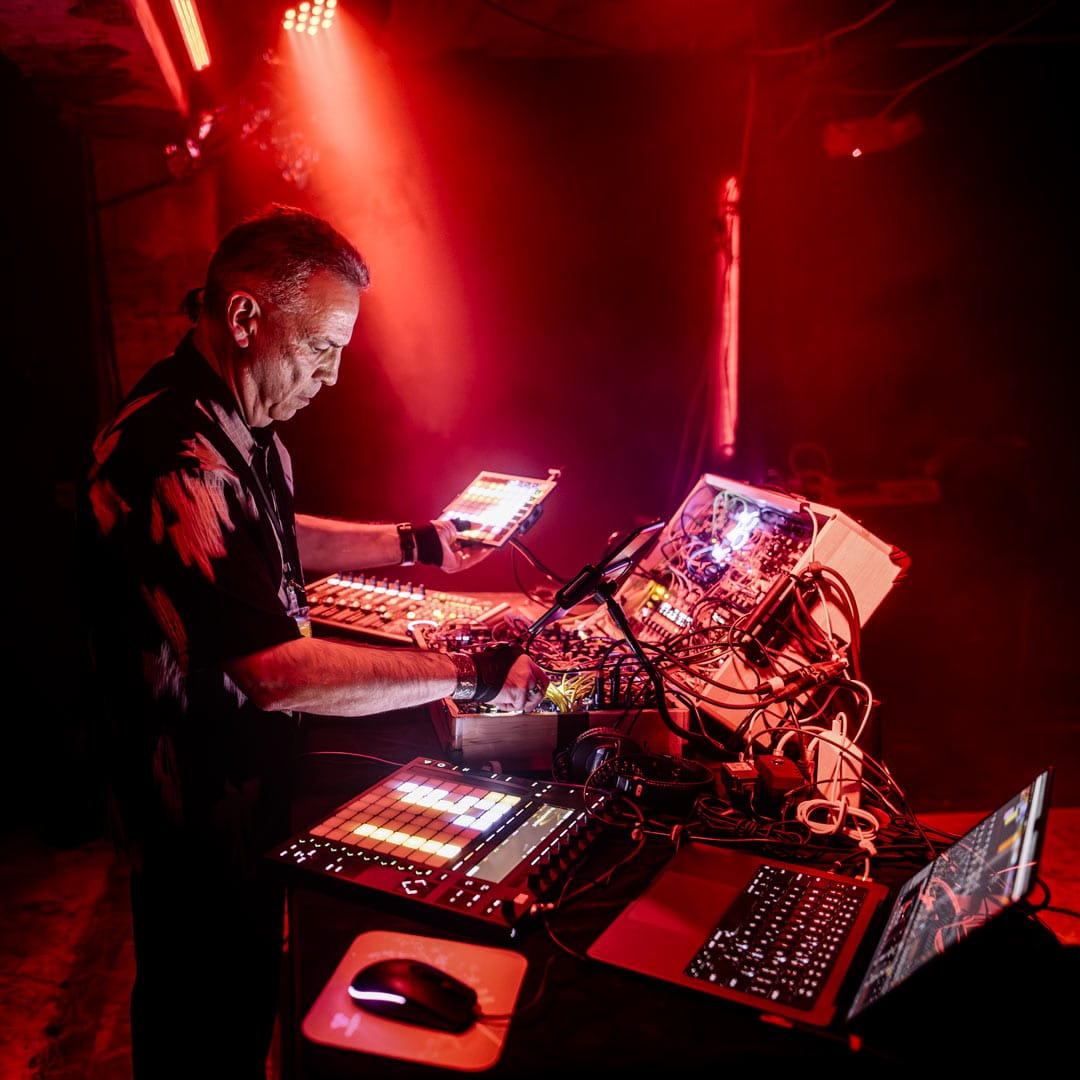
Final Thoughts and Advice
We designed Patch & Tweak to be valuable for both beginners and experienced users. What’s your best advice for someone starting out?
"Most importantly – have fun! Modular synthesis should be inspiring, not frustrating."
What a great way to wrap things up – or kick off new ideas. Thanks, Chris, and thanks to everyone exploring modular synthesis with us – whether through the book, the ebook, or the content here on PatchAndTweak.com.

Check out Chris Meyer's Alias Zone music project on Bandcamp, his Patreon channel, or learningmodular.com





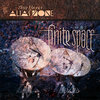

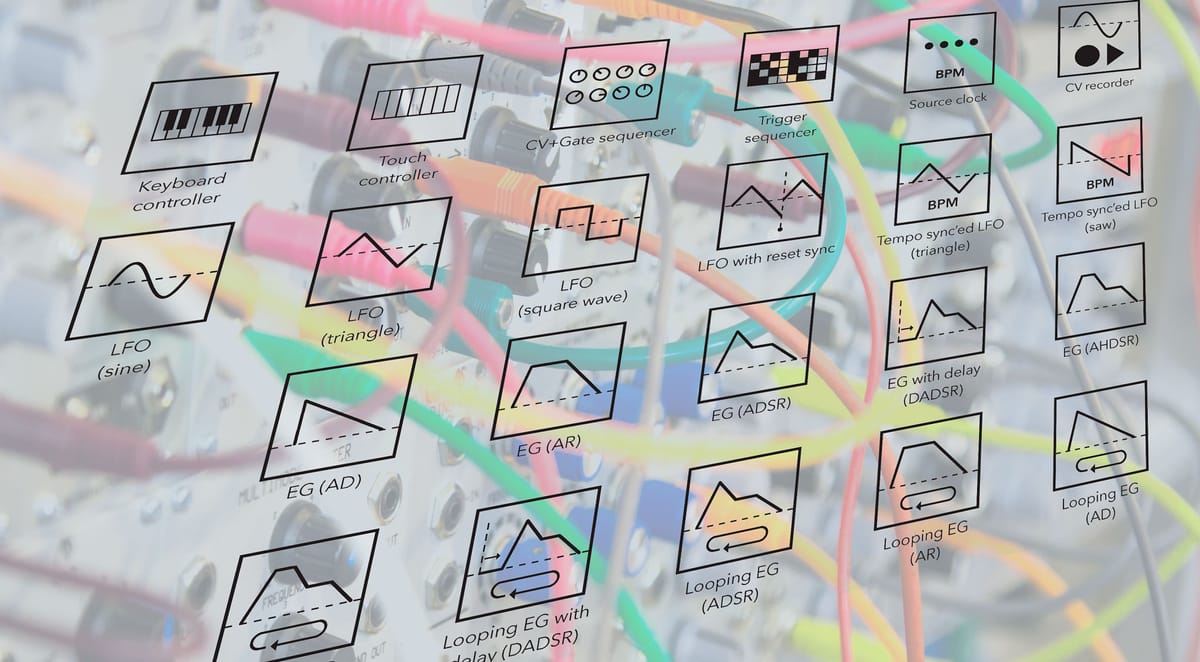
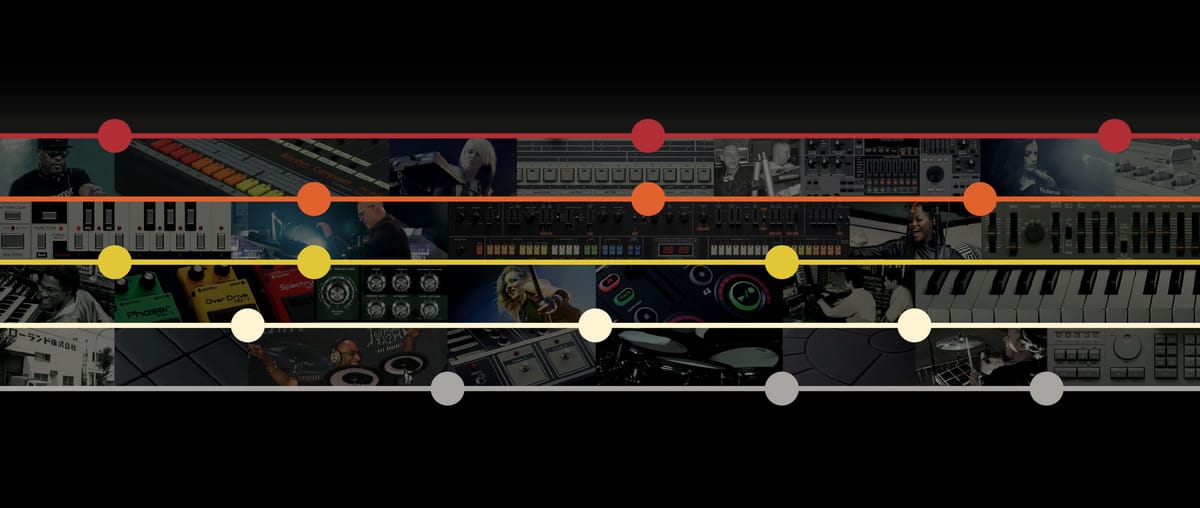
Comments